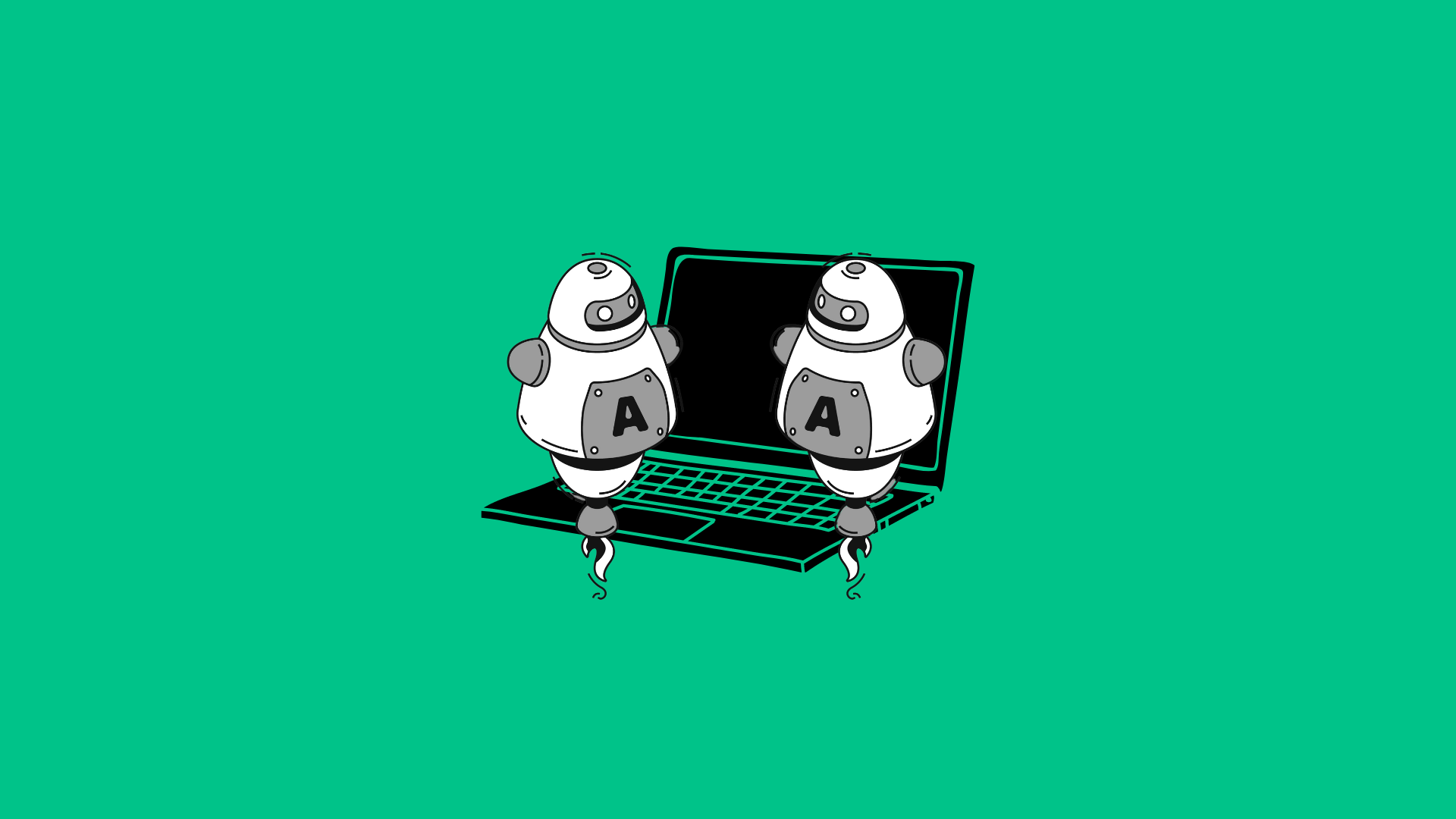Google’s search algorithm is welcoming a brand new signal to the bunch. Yep, that black box formula that evaluates any given domain against hundreds of signals and then, aligns you somewhere in search results for the 3.5+ billion search queries each day, will now “automatically identify content that seems to have little value, low-added value or is otherwise not particularly helpful to those doing searches.”.
Gleaning insight from more recent SEO trends, certain basics are no longer up for discussion if you want to be at the top of search results for competitive terms. You’ve likely migrated to a mobile-first approach, with responsive code, an appropriate font size, maybe a hamburger menu. You’ve put a kibosh on interstitial pop-ups, and passing core web vitals rivalled an entire pandemic for your focus in 2020.
But, what about the content?
If you’ve been listening to us this year, rest easy knowing the content on your site is unique and designed with the audience in mind.
What Publishers Should Have Been Doing
A lot can be told of a publisher from the way they approach content. For some, creating helpful content has always been the goal. They understood the long game, that for true longevity, the user was MVP.
What helpful content looks like may differ for every niche, but the direction to “write authentically” for the user was consistent to all. SEO advice received may have sounded like:
- Word count doesn’t matter, just thoroughly cover the topic.
- Use natural language, it’s good to include variations of the keyword.
- Keyword density is a thing of the past, just write naturally.
I wrote about working with HollywoodLife.com in 2019 to recover from a Google algorithm update. Glenn Gabe completed an SEO audit on the site, and uncovered a high ratio of thin, low quality content.
We removed thousands of thin webpages for a variety of reasons, including too short/partially written, speculative coverage, clickbait headlines, NSFW content, and image-heavy pages with no text. The reason we did this was to remove low-quality content that provided no value to the reader.
Earlier this year, our friends at ThoughtNova.com started updating outdated posts by adding photos, fresh information, and video. They took the time to improve quality of organic performers. Since the May 25 Google algorithm update, pageviews have increased over 20%.
Here are six other examples of how positive changes to content and UX lead to better Google results.
What Publishers Should Not Have Been Doing
Digital content methods that have been abused include, but are not limited to plagiarism, scraping, fake stories, clickbait headlines, over-optimization, and then the latest trend quickly gaining internet popularity: AI-generated content.
Google has covered thin content ad nauseam, but is thin content the same as unhelpful content? This page on developers.google.com covering thin content doesn’t have a post date, but the video on the page features Matt Cutts. Matt left Google in 2014, but take a look at the very top bullet under “If your site has been removed from our search results, review the following sections of our Webmaster Guidelines:”. First on the list: Automatically Generated Content.
Machine written content has been on the rise in 2022, marketed as an efficient way to produce search-friendly articles, reliant on their own machine-learning for research and even editing. Tools like Jasper and Copy AI spit out optimized content, and from talking to many content creators about it, it sounds like it was working.
And if spun just right, it didn’t sound like the worst idea yet. Many publishers using this type content would re-write parts to match the voice of the site, shuffle around sections, add paragraphs of unique copy into the AI content, tactics to make it less robotic. Some ad management companies in the space went as far acquiring topic tools that use AI generation which are no longer beneficial given Google’s recent updates.
In April 2022, Google updated their Webmaster Guidelines to clearly state that AI content is against guidelines, when “intended to manipulate search rankings”. It makes sense that a continually-running signal be added to the algorithm to sniff it out.
Any SEO would have at least said there’s risk around using this method, and now we’re seeing Google introduce a new search signal to target content “written for search engines”. Sounds like AI-generated content is what Google is on the hunt for with this one.
Next Steps For Content Creators
There wasn’t much warning from Google on the rollout of this signal, and “helpful content” can be subjective. But that doesn’t change our recommendation for content creators.
If you’ve been publishing AI-generated content, pivot the strategy back to unique, human written content. You may also consider taking down this content if you start to see negative impact over the next two weeks.
It’s also time to identify poor quality content and either remove it, or find a way to make it valuable to the humans reading it. The number one tool at your disposal is live search results. See who is ranking at the top of search results for your keyphrase and look at the specific information included on the page.
TLDR;
If you have content ranking, that for whatever reason maybe shouldn’t be, this update may result in those posts dropping placements in the results.
If you have content ranking that by Google’s standard, “deserves” to be there, but you have a “high amount of unhelpful content overall”, the high-quality articles may drop placements in the results.
Keep creating unique content that your audience values.
More Resources




